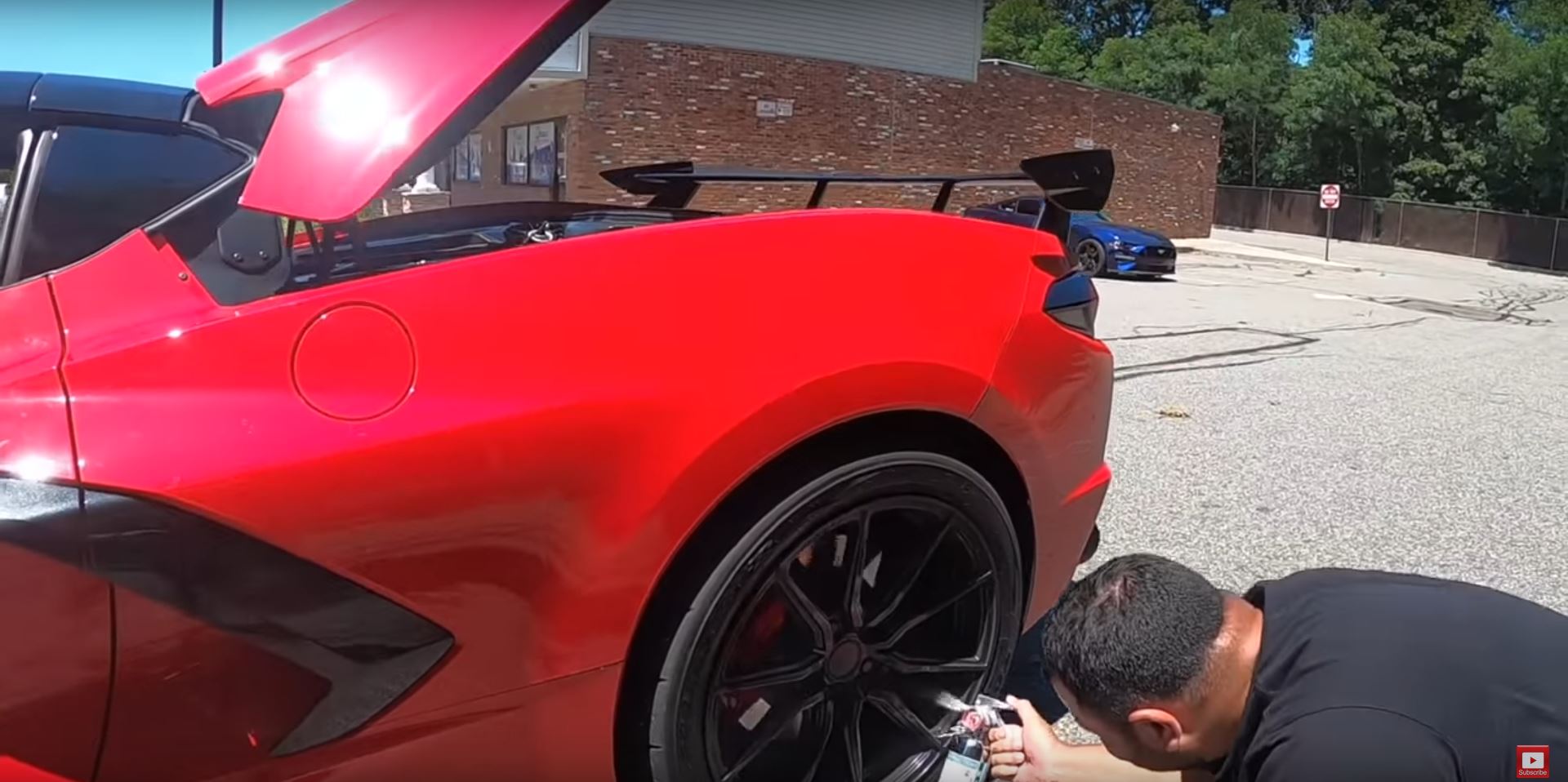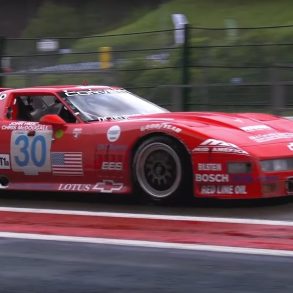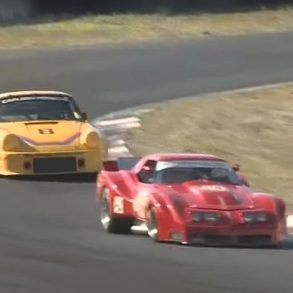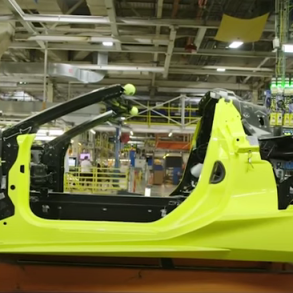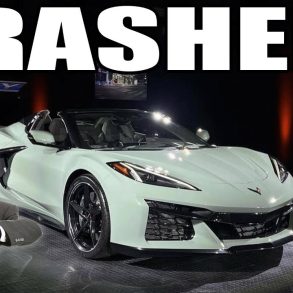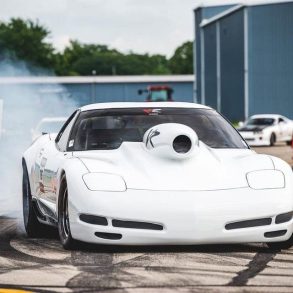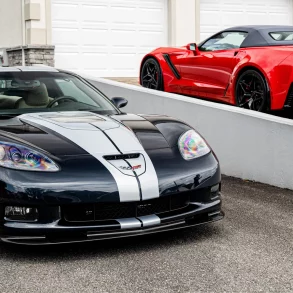This video from JMC Rides shows what can happen at a moment’s notice when driving in your 2020 Corvette C8, and by association any Corvette model.
Also, content warning as to when they are trying to find the fire because they are cursing up a storm (as I would be too!).
In this specific case, the cause of the fire, which thankfully was small, was that the dealership had installed the rear brake cooling ducts on the JMC’s C8. In the PDI manual, it specifically states that the rear brake cooling ducts are not to be installed except for track use only.

Thankfully, JMC had a small automotive fire extinguisher onboard, and after a few sprays around the brake disc, got under the car and sprayed into the cooling duct. That found the fire.

The thought process is that a piece of paper or dried leaf or something combustible was caught in the duct and when it touched the hot brake disc, is started to smolder and then catch fire.
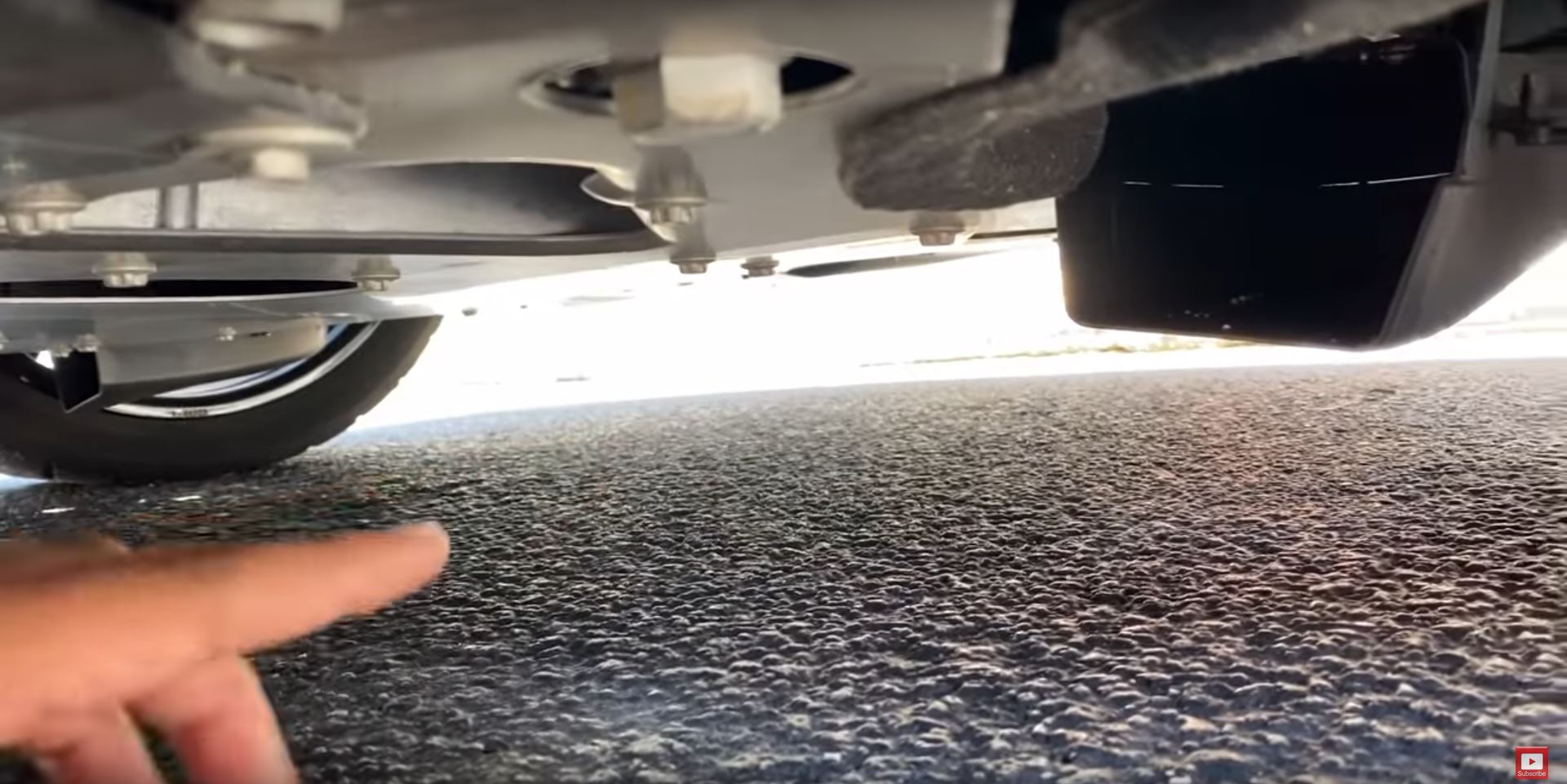
JMC noticed he was close to a fire station, so booked it down there in the car in case something reignited, as he did not want to have his new Corvette go up in flames. Thankfully, the small fire extinguisher solved the problem, and he washed out the ducts and the wheel wells after the brakes had cooled to completely remove any debris that was still in there.
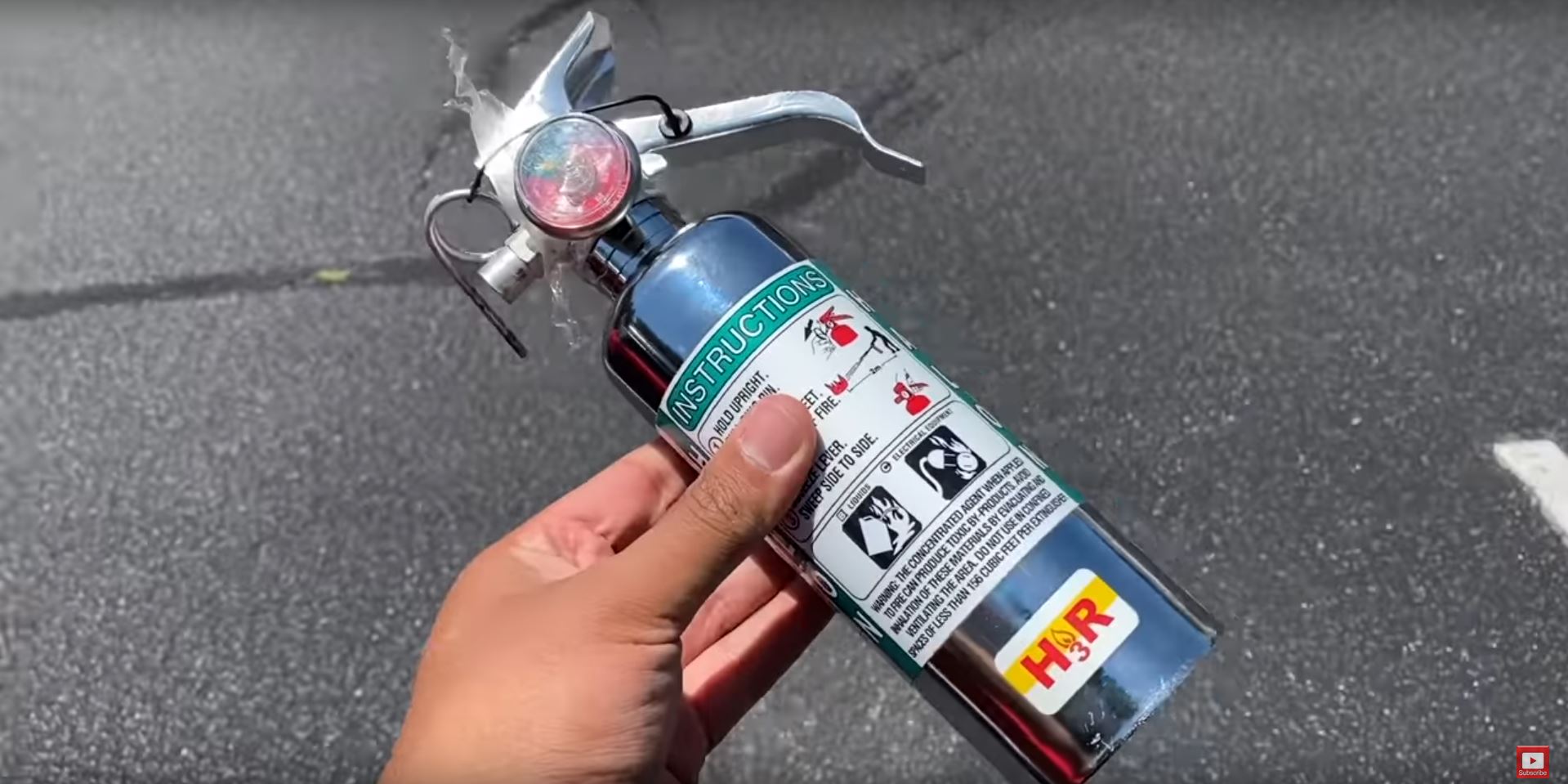
There are a wide variety of fire extinguishers available for automotive use, from a liquid and/or compressed foam extinguisher, to full ABC grade dry chemical extinguishers that are motorsports rated. There are even specific universal mounts you can buy, from simple velcro straps that grab the carpet of your trunk to The Bracketeer, a universal seat rail mounting extinguisher holder.
Author’s Note: You never know when you might run into an emergency situation. This is why I personally have an emergency roadside kit (including a warm blanket, I do live in Canada), a fire extinguisher, and a fully stocked and packed first aid kit in the back of my 2017 Fiesta ST.


